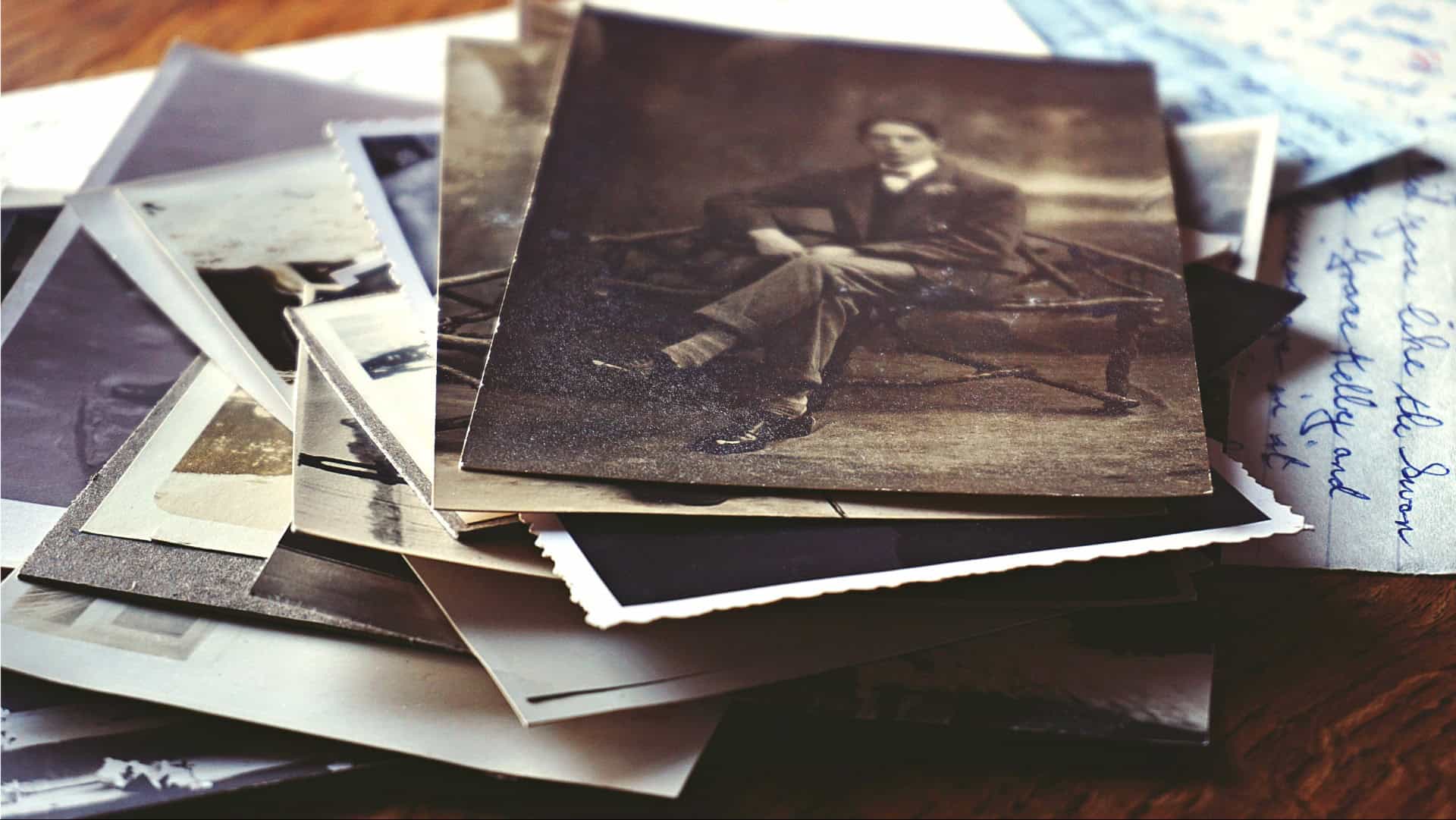Slow decluttering is a mindful approach to tidying up that emphasizes patience and intentionality.
Unlike quick purges, it allows you to consider your belongings thoughtfully, ensuring that what remains truly adds value to your life.
By adopting slow decluttering, you can transform your space into a serene environment without the overwhelm that comes from trying to do it all at once.
Let’s explore 10 practical steps to embrace this gentle method!
1. Declutter In Stages

Start your decluttering journey by breaking it down into manageable stages. Begin with one room or even a corner, and focus only on that section until it feels right.
This method reduces overwhelm and allows you to see tangible progress, which can be motivating. Take a moment to appreciate each cleared space and reflect on the satisfaction it brings.
By moving slowly, you give yourself the chance to make thoughtful decisions, ensuring that each item you keep truly belongs.
This gradual process respects your pace and prioritizes your well-being.
2. Get Help from Friends or Family
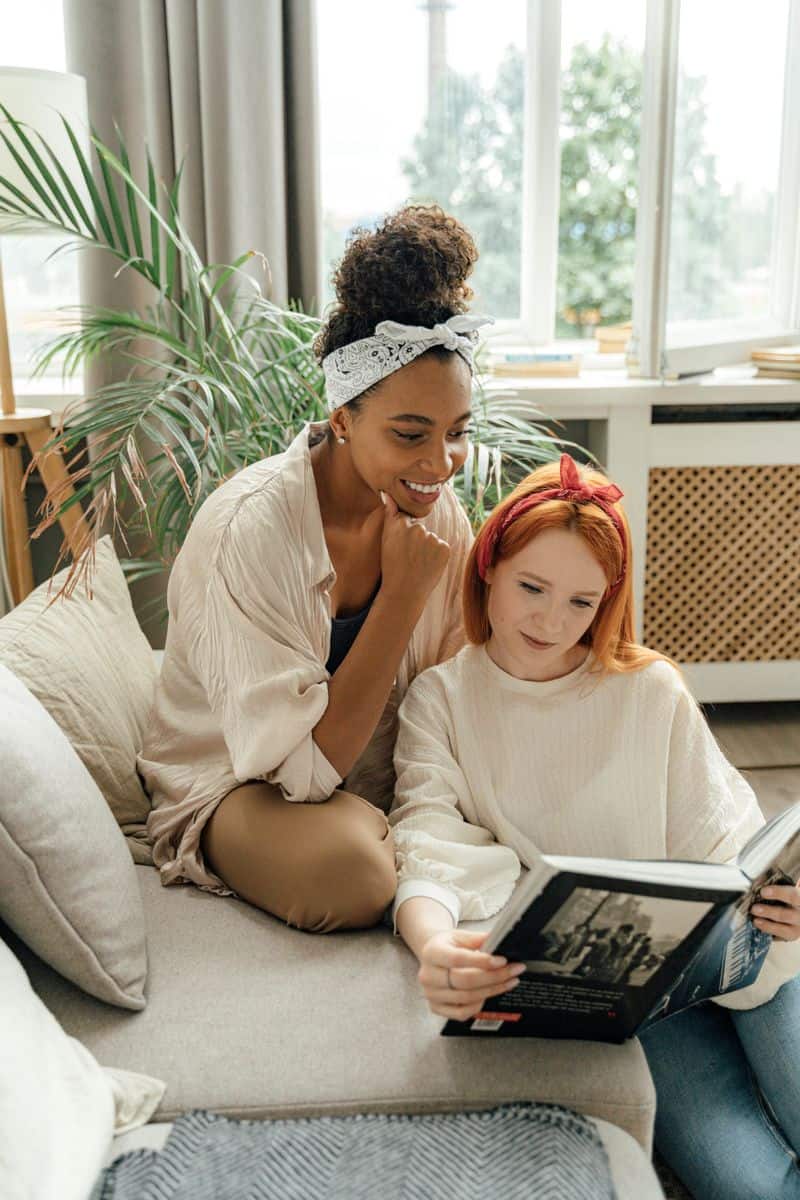
Inviting friends or family to assist in decluttering can turn a daunting task into a fun social event.
Their presence offers emotional support and can provide a fresh perspective on what to keep and what to let go.
Sharing stories about items can even strengthen bonds as you reminisce together. It’s an opportunity to delegate decisions, which can be refreshing and helpful.
Plus, the encouragement from loved ones can boost your motivation, transforming the activity into a memorable experience rather than a chore.
3. Carefully Consider Sentimental Items
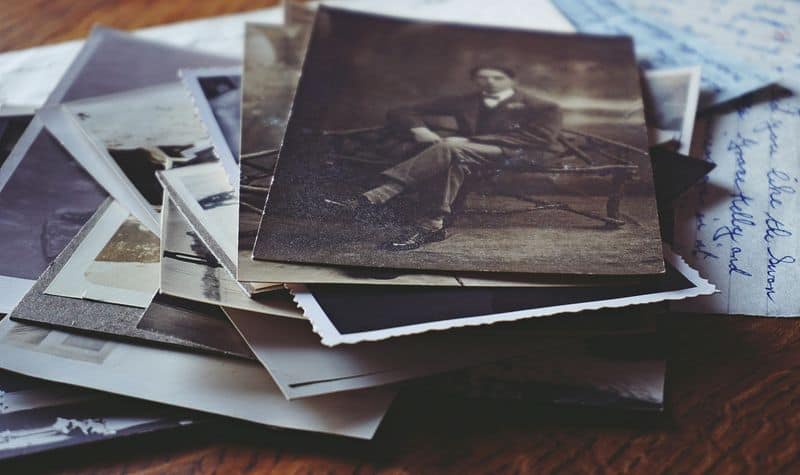
Sentimental items hold memories that can be difficult to part with. Approach them mindfully by allowing yourself time to reflect on their significance.
Consider photographing items that hold memories but no longer serve a purpose in your current life.
This way, you preserve the memory without holding onto physical objects. It’s about recognizing what truly brings joy and what might be more of an emotional burden.
By carefully considering each item, you honor your past while making room for future experiences.
4. Keep a ‘Maybe’ Box

A ‘Maybe’ box is a perfect solution for items you’re unsure about. Place anything you’re hesitant to discard inside, and revisit the box after a set period.
This waiting period gives you time to detach emotionally and assess your true need for the items. Often, distance helps clarify whether the items are essential or simply clutter.
It’s a gentle way to ease into decision-making without pressure.
This method respects your feelings and gives you space to decide thoughtfully, contributing to a stress-free decluttering process.
5. Hide Your Clutter Temporarily

Sometimes, hiding clutter temporarily can help you identify what you truly need. Use storage solutions like baskets or boxes to tuck away items out of sight.
Live without them for a while to see if you miss them or even notice their absence. This exercise can reveal what is essential and what you can live without.
It’s a simple yet effective way to declutter without drastic measures.
When you eventually revisit these items, deciding what to keep becomes much clearer, aiding in a more intentional living space.
6. Start with the Obvious Clutter
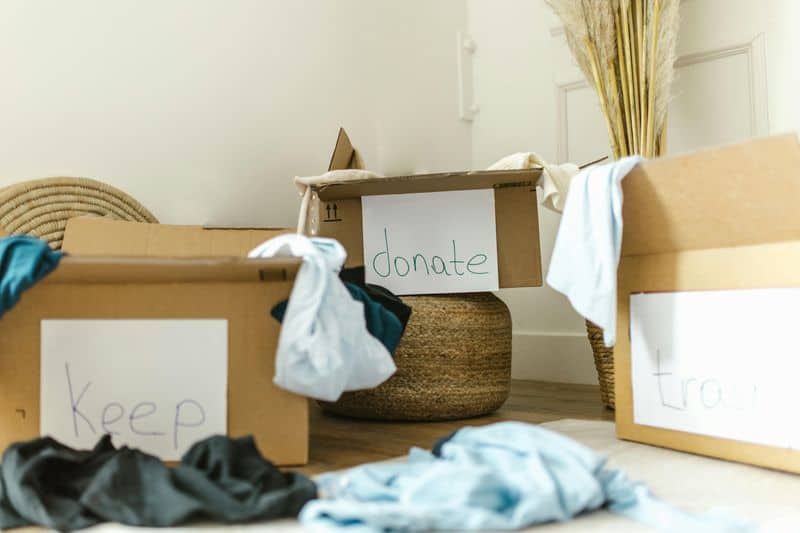
Begin your decluttering with items that are clearly clutter. These are things that are obviously out of place or no longer useful.
Starting with the obvious helps build momentum and encourages further progress. As you clear these items, you create a more organized environment that can inspire you to continue.
This step is about taking action with confidence, knowing that each item you remove brings peace and clarity.
By dealing with the obvious first, you set the stage for deeper, more meaningful decluttering.
7. Schedule Decluttering Time
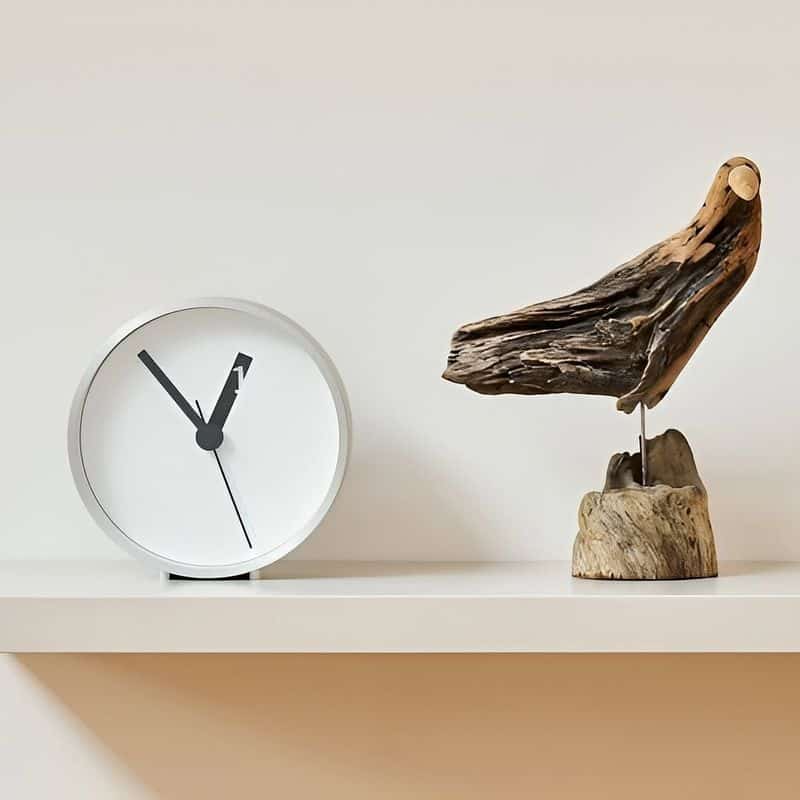
Create a realistic schedule for your decluttering sessions, treating them as important appointments.
This habit ensures that you make consistent progress without feeling rushed. Set aside specific days and times dedicated solely to tidying up.
The commitment to a routine helps solidify decluttering as a part of your lifestyle. Scheduling also provides structure, making the task less daunting and more manageable.
By honoring this time, you prioritize your living space, leading to a more harmonious home environment.
8. Start with Your More Practical Items
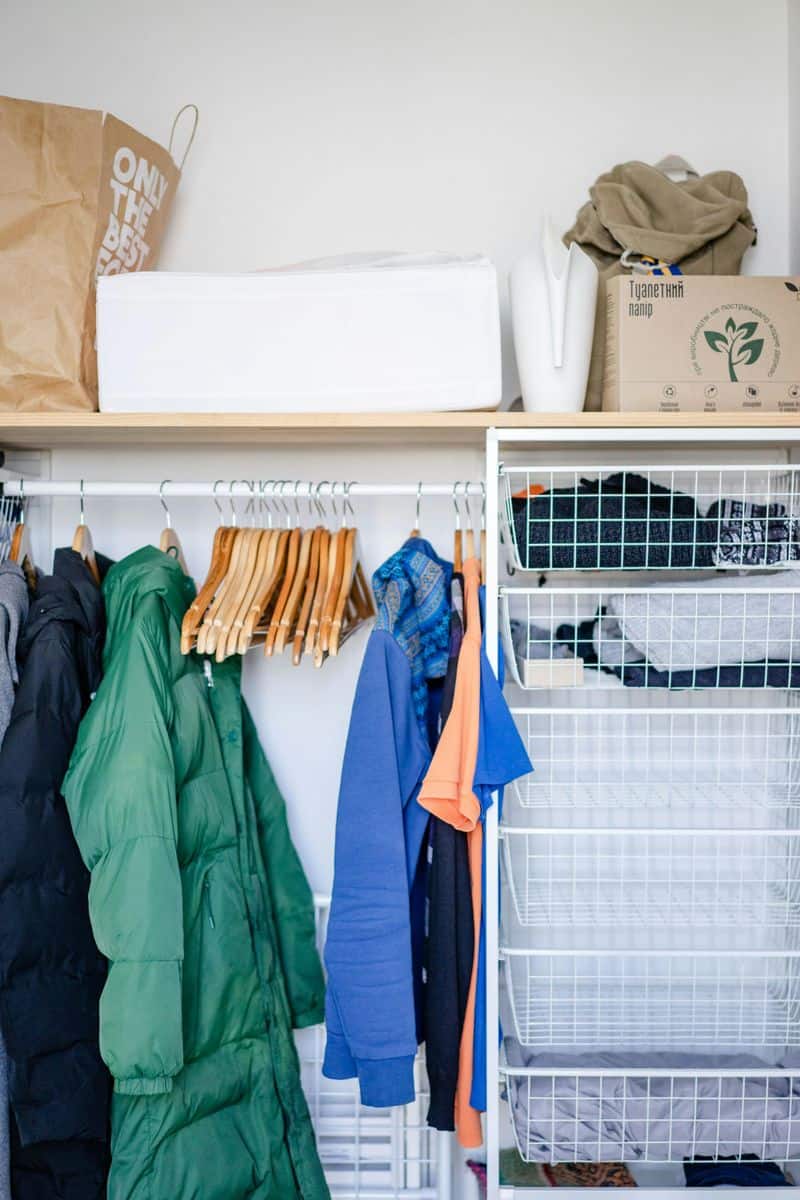
Practical items are often easier to declutter because their usefulness is clear. Start with these to quickly see improvement and build confidence in your decluttering ability.
Consider what you truly use on a daily or weekly basis, and set aside items that don’t meet these criteria.
This approach not only simplifies your space but also makes daily routines more efficient.
By focusing on the practical first, you create a functional environment that supports your lifestyle, making the decluttering process feel rewarding and effective.
9. Be Present in the Moment
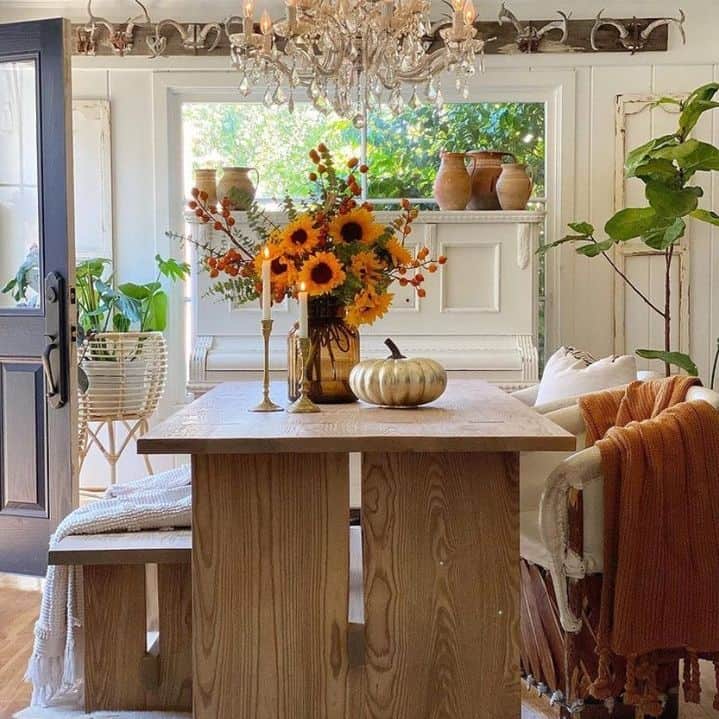
Mindfulness plays a crucial role in slow decluttering. Being present means fully engaging with each item, considering its place in your life.
This awareness allows you to make intentional choices free from distractions. As you hold each item, ask yourself if it sparks joy or serves a purpose.
This mindful approach ensures that your space reflects your true self.
By staying present, you cultivate an environment that aligns with your values, turning decluttering into a meaningful and personal journey.
10. Pass the Items on to Someone Who Cares

Giving items to those who need them creates a sense of fulfillment and purpose. Identify local charities, friends, or community centers that can benefit from your donations.
This act not only declutters your space but also spreads joy to others. Consider the impact your items can have, knowing they will be appreciated elsewhere.
Passing on belongings is a way to honor their value while making a positive difference.
This step transforms decluttering into a generous act that benefits both you and the recipients.

